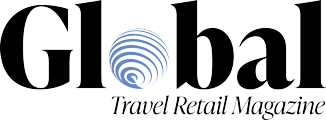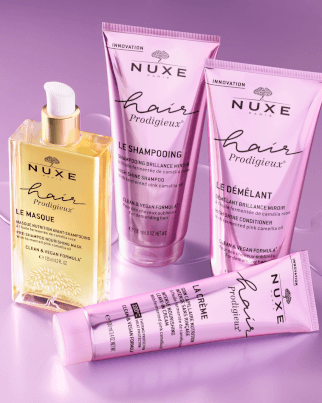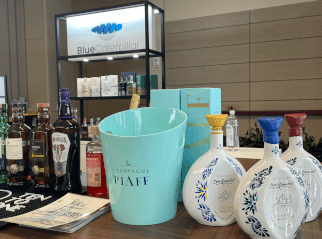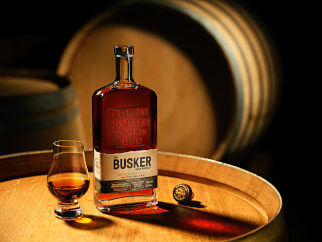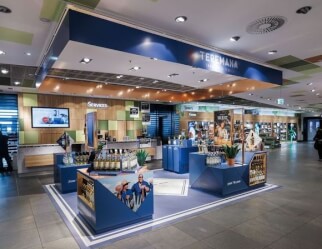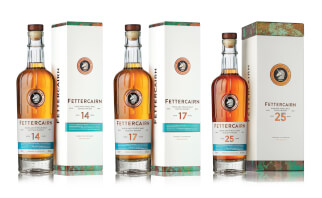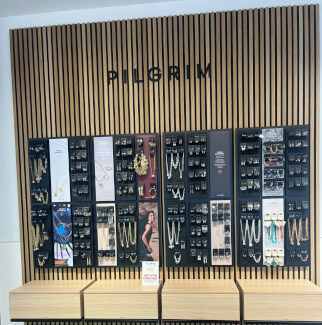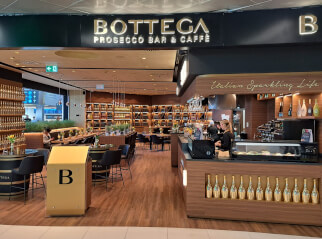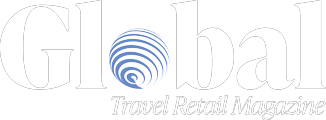IWSR sees brewers adapting to changing drinking patterns
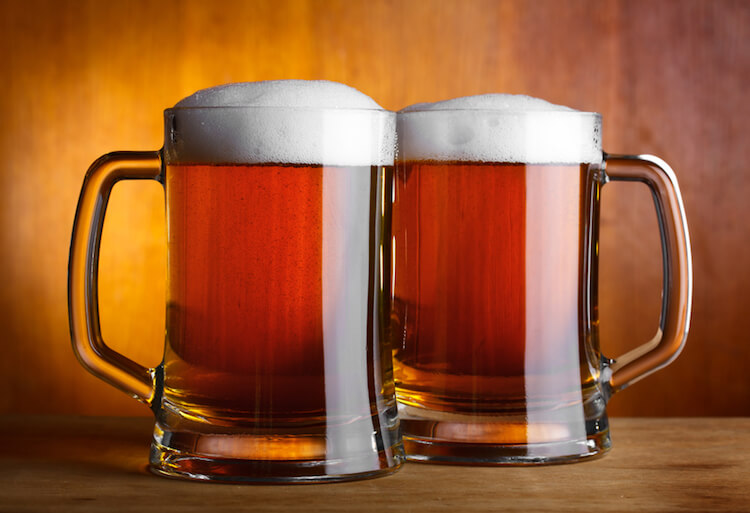
IWSR has identified three strategies utilized by brewers to stay resilient
New analysis from IWSR notes that brewers have accelerated innovation in order to stay resilient in today's consumer market, given that in the decade to 2021, global beer consumption slipped by 4%.
“To counter a long-term trend of declining beer consumption in many markets, the major brewers have adopted a strategy of premiumization, expansion into new categories, and a focus on the no- and low-alcohol segment,” said Roisin Vulcheva, Head of Beer Insights, IWSR, in a release.
Driving value through premiumization
"Premiumization has enabled brewers to sell their beer at a higher price, diluting the impact of any downward pressure on consumption," noted the IWSR release. "In 2021, as the beer market recovered from COVID-19, value growth of traditional beer was twice that of volume growth. Brewers have shifted focus from volume-based models to value-based ones in order to offer more unique experiences."
Premiumization has been achieved in three key ways: through premiumizing existing brands, by investing in craft beer, and by giving more attention to different specialist beer varieties and brands.
Expansion beyond traditional beer
"As consumer drinking patterns changed and the at-home occasion grew in importance, the ready-to-drink category provided the market with fresh NPD and excitement. As a result, the ready-to-drink category grew by a volume CAGR of 17%, 2017 to 2021."
Hard seltzers are one segment of the RTD category in which brewers have been very active. While the explosive growth of hard seltzers in 2019 impacted all beverage alcohol categories, many consumers in the US switched over primarily from beer. Between 2018 and 2020, volumes of hard seltzers in the US grew seven-fold. While the growth rate has since moderated, the rise of hard seltzers was driven by a gap in the overall beverage alcohol market. Consumers were looking for alternatives that were refreshing and flavourful, but also low-calorie and low-sugar. Hard seltzers also tapped into the growing consumer demand for convenience.
The response of the brewers to hard seltzers has often blurred the line between RTDs and traditional beer, with NPD that crossed over into both categories. These included Bud Light Seltzers, Michelob ULTRA, Coors Seltzer (now discontinued), Amstel ULTRA Seltzer, and Dos Equis Ranch Water.
No-alcohol opportunities
The threat to traditional beer sales does not just come from consumers switching to alternative alcoholic drinks, but from drinkers choosing to drink less alcohol generally as well. IWSR data shows that beer already dominates the no-alcohol space, accounting for over 60% of the no-alcohol category by both volume and value.
“Many of the world’s most familiar beer brands now offer a no-alcohol alternative as brewers look to capture a share of the no-alcohol beer market, which jumped by as much as 14% in 2021 versus 2020 and is set to rise by another 50% between 2021 and 2026 according to IWSR data,” commented Vulcheva.
Investment in the no-alcohol segment gives brewers the opportunity to expand the drinking occasions they can play in, while also offering some immunity from possible future restrictions on advertising in some markets.
